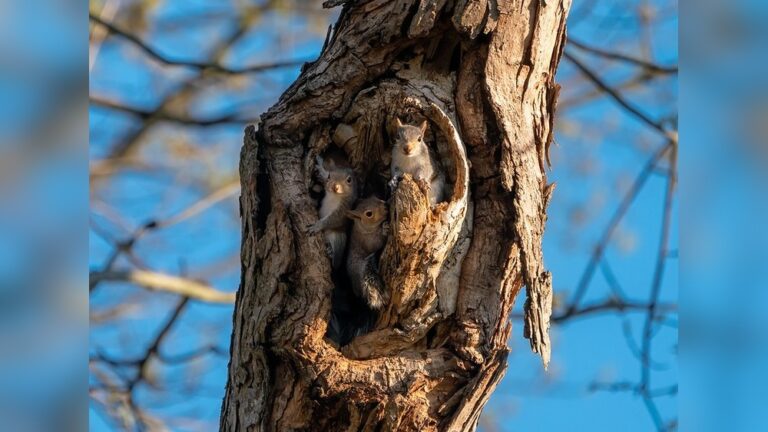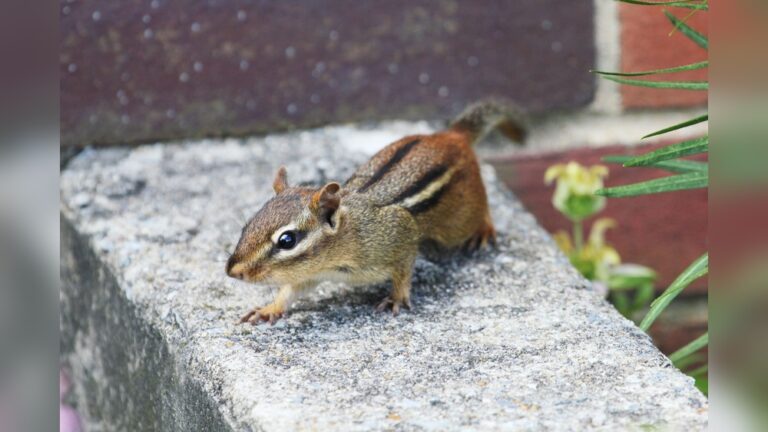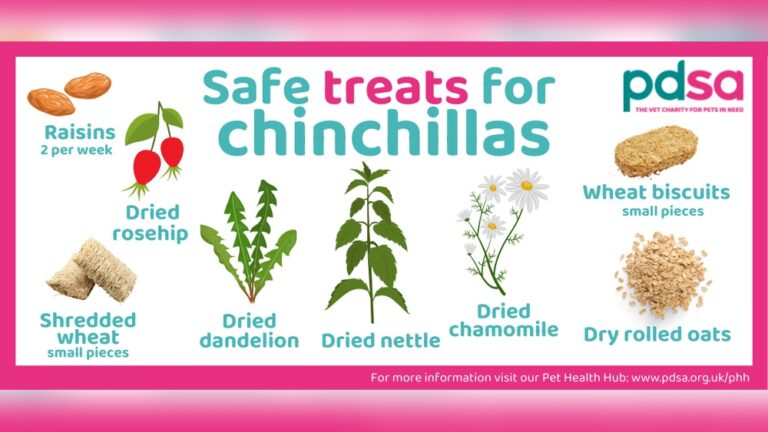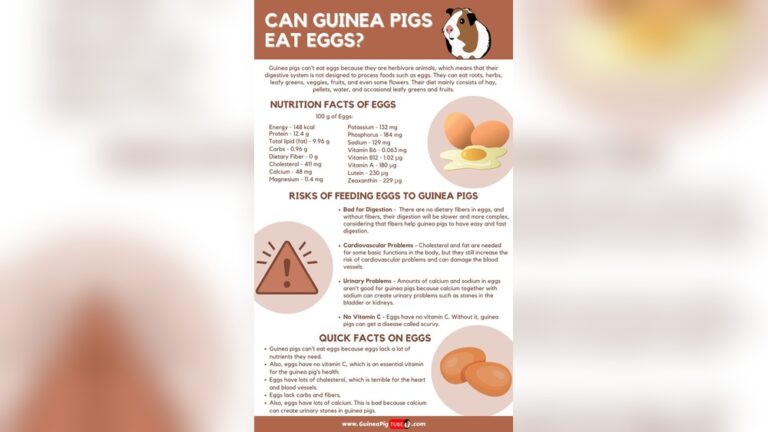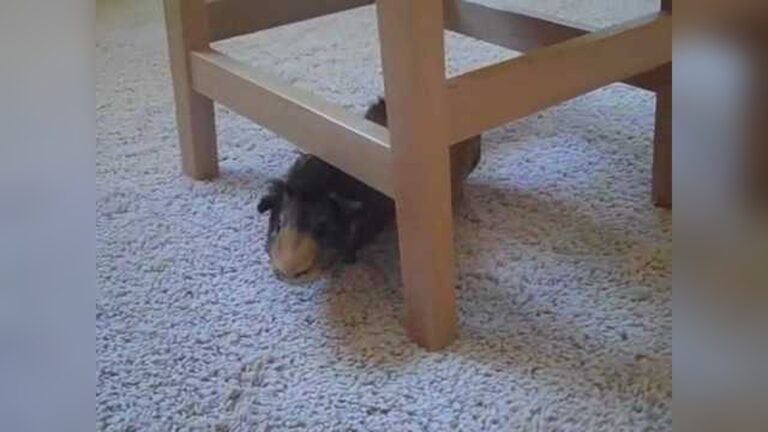Groundhogs Dangerous: Shocking Risks You Must Know Today
Have you ever wondered if groundhogs could be more than just cute animals in your backyard? While they might look harmless, groundhogs can actually pose some serious risks to your home and health.
If you think they’re just garden pests, think again. This article will reveal surprising dangers you need to watch out for and show you how to protect yourself and your property. Keep reading—your safety might depend on it.

Credit: a-z-animals.com
Groundhog Behavior
Groundhogs are often seen as harmless animals, but their behavior can sometimes pose risks. Understanding how groundhogs act helps explain why they can be dangerous in certain situations. Their habits and territorial nature influence how they interact with people and property.
Daily Habits
Groundhogs spend much of their day foraging for food. They eat plants, fruits, and vegetables, often damaging gardens. They dig extensive burrows underground for shelter and safety. These tunnels can weaken foundations and cause accidents. Groundhogs are mostly active during the day, especially in the morning and late afternoon. They stay alert to avoid predators but may become aggressive if threatened.
Territorial Nature
Groundhogs defend their home areas from other animals. They mark territory with scent to warn others away. This behavior can make them aggressive toward intruders, including humans and pets. They fight to protect their burrows, using strong teeth and claws. Their territorial instincts lead to conflicts when people approach their dens. Respecting their space reduces chances of dangerous encounters.
Common Risks To Humans
Groundhogs may look harmless, but they can pose risks to humans. Understanding these risks helps keep you safe. Groundhogs are wild animals and can react aggressively if threatened.
Handling or approaching groundhogs is not safe. They may bite or scratch to defend themselves. Contact with groundhogs can also lead to disease spread.
Bites And Scratches
Groundhogs have sharp teeth and strong claws. They bite or scratch when scared or cornered. These wounds can be painful and may get infected. Always avoid touching groundhogs, even if they seem calm.
Disease Transmission
Groundhogs can carry diseases harmful to humans. Rabies is one serious illness they may spread. They can also carry parasites like ticks and fleas. These parasites can cause Lyme disease and other infections. Keep distance from groundhogs and their burrows to reduce risk.
Damage To Property
Groundhogs can cause serious damage to homes and yards. Their digging and feeding habits harm property and create costly problems. Understanding the types of damage helps protect your space.
Burrowing Impact
Groundhogs dig large burrows underground. These tunnels weaken foundations and walls. Burrows near buildings can cause cracks and collapse. The holes also create tripping hazards outside. Repairing burrow damage takes time and money.
Garden And Lawn Destruction
Groundhogs eat plants and dig in gardens. They destroy flowers, vegetables, and shrubs. Their digging leaves uneven patches on lawns. This makes yards look messy and unhealthy. Frequent damage lowers the value of outdoor spaces.
Threats To Pets And Livestock
Groundhogs pose several threats to pets and livestock. Their presence can lead to dangerous situations. Understanding these threats helps keep animals safe.
Groundhogs may seem harmless, but they can act aggressively. They also carry diseases that affect animals nearby.
Aggressive Encounters
Groundhogs defend their territory with sharp teeth and claws. Pets that approach too closely risk bites or scratches. These injuries can cause pain and infection. Livestock, especially young animals, may also face attacks. Aggressive groundhogs may chase or corner smaller animals.
Animals unfamiliar with groundhogs can react fearfully. This may lead to fights or stress. Always watch pets around wild groundhogs. Avoid letting animals roam near groundhog burrows.
Disease Risks
Groundhogs carry diseases harmful to pets and livestock. They host ticks that spread Lyme disease and other infections. Pets bitten by infected ticks can become very sick. Groundhogs also carry parasites like fleas and mites. These pests transfer to animals nearby, causing discomfort and illness.
Direct contact with groundhog droppings or urine spreads diseases too. Leptospirosis and tularemia are common groundhog-related illnesses. These can cause serious health problems in pets and livestock. Regular veterinary checks help detect diseases early.
Preventive Measures
Groundhogs can cause serious damage to gardens and homes. Taking steps to prevent them is important. Simple actions can keep these animals away safely. Preventive measures protect your property and avoid harm to groundhogs.
Safe Deterrents
Use safe deterrents to discourage groundhogs. Motion-activated sprinklers startle animals without harm. Bright lights can also keep them away at night. Natural repellents, like garlic or pepper sprays, work well. These methods avoid chemicals and protect pets and children.
Habitat Modification
Change the environment to make it less inviting. Remove brush piles and wood stacks where groundhogs hide. Keep grass trimmed short to reduce cover. Seal holes and burrows around your home. Clearing food sources, like fallen fruit, helps too. These steps make your yard less attractive to groundhogs.

Credit: www.terminix.com
When To Seek Professional Help
Groundhogs can cause serious damage to your property. Knowing when to seek professional help is key. Early action can save your home and garden.
Some signs show the problem is bigger than you can handle alone. Professionals have the right tools and knowledge.
Signs Of Infestation
Look for large holes in your yard. These holes can weaken foundations and cause accidents. You may see damage to plants and vegetables. Groundhogs leave droppings near their burrows. You might hear noises under decks or sheds. These signs suggest an infestation that needs help.
Choosing Wildlife Control
Pick a company with experience in groundhog removal. They should follow local laws and safety rules. Ask if they use humane traps and methods. Good wildlife control protects your property and the animals. Check reviews and get a clear price before hiring. Quick and safe removal prevents more damage.
:max_bytes(150000):strip_icc()/GettyImages-1985684038-eb574dc4e9b1418fad574033f7ebfedc.jpg)
Credit: www.southernliving.com
How Smart Pets Lover Can Help You with Groundhogs Dangerous
Turning Groundhog Challenges into Learning Moments
Understanding the potential dangers groundhogs pose is more than just a caution—it’s an opportunity to deepen your connection with the animals around you. When you observe groundhog behavior and recognize the risks to your pets or property, it becomes easier to take thoughtful preventive measures. For families who cherish their furry companions, this knowledge helps create safer outdoor spaces where dogs, cats, and even backyard birds can thrive without worry.
At Smart Pets Lover, we believe every encounter with wildlife is a chance to learn and grow as responsible pet parents. Keeping a close eye on signs of groundhog activity near your home can teach you how to protect both your property and your beloved animals. And if things get tricky, knowing when to seek professional help ensures that the well-being of all creatures—pets and wildlife alike—is respected.
For more guidance tailored to your unique situation, reaching out to local animal control or wildlife experts can be invaluable. Remember, where every wag, purr, and chirp tells a story, being informed creates a safer, happier environment for your whole family.
Frequently Asked Questions
Are Groundhogs Dangerous To Humans?
Groundhogs are generally not aggressive toward humans. However, they can bite if cornered or threatened. It’s best to avoid close contact to prevent bites or scratches.
Can Groundhogs Damage Property Or Gardens?
Yes, groundhogs dig extensive burrows, which can damage lawns, gardens, and foundations. They also eat plants, causing harm to crops and ornamental plants.
Do Groundhogs Carry Diseases Harmful To Humans?
Groundhogs can carry ticks that transmit Lyme disease. They might also harbor parasites. Direct disease transmission to humans is rare but possible through bites.
How Can I Safely Remove Groundhogs From My Property?
Use humane traps or fencing to deter groundhogs. Avoid direct contact and consult wildlife professionals for safe removal and prevention methods.
Conclusion
Groundhogs may seem harmless, but they can cause real problems. They dig holes that damage lawns and gardens. These holes can also hurt people or pets who step in them. Groundhogs carry diseases that might spread to humans and animals.
It is smart to watch for signs of groundhogs near your home. Taking action early helps protect your property and safety. Stay aware and keep your space safe from groundhog harm.

